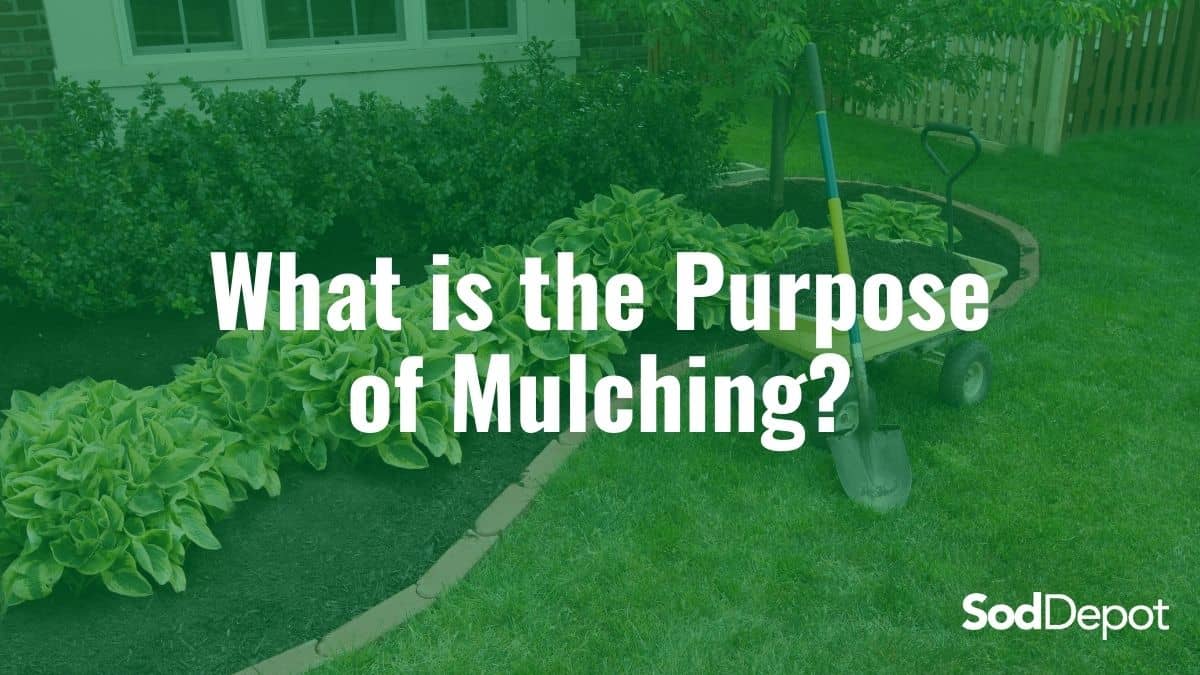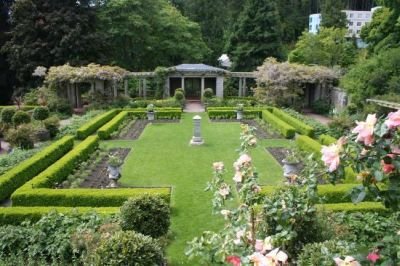An Unbiased View of Hilton Head Landscapes
Table of ContentsIndicators on Hilton Head Landscapes You Need To Know4 Simple Techniques For Hilton Head LandscapesSome Known Incorrect Statements About Hilton Head Landscapes The Buzz on Hilton Head LandscapesExcitement About Hilton Head LandscapesHow Hilton Head Landscapes can Save You Time, Stress, and Money.Hilton Head Landscapes for DummiesOur Hilton Head Landscapes Diaries
Form compatibility is additionally a significant part of unity in designone or 2 strikingly various kinds are good for contrast and focus, however usually all various other types must have some similarities for an unified look. Texture describes how coarse or great the surface area of the plant or hardscape material really feels and/or looks.
Examples of plants with rugged texture consist of philodendrons, agaves, bromeliads, hollies, palms, and hydrangeas. Hardscape with crude texture consists of rough-cut rock, rough-finished block, and incomplete wood with knots and a raised grain. Aged or old building product that preserves a weather-beaten surface area is commonly crude in structure. Attributes that create great structure consist of little foliage; thin, strappy leaves (yards) or tall, thin stems; tiny, dense twigs and tiny branches; long stems (vines); and small, delicate blossoms.
Our Hilton Head Landscapes Ideas
Most plants are moderate appearance, because they can not be referred to as having either coarse or fine structure. They are characterized by medium-sized fallen leaves with straightforward forms and smooth sides. The average-sized branches are not largely spaced neither extensively spaced, and the total kind is usually rounded or mounding. Medium-textured plants function as a history to web link and link the coarse- and fine-textured plants.

To make an area really feel smaller, put the rugged structures along the external border and the great appearances closest to the viewer. The detail of the coarse texture makes the plants appear closer and makes the space feel smaller sized. The perceived texture of plants can also transform with the range from the plant.
Top Guidelines Of Hilton Head Landscapes
Bold shades boost the comparison and make the texture show up coarser, while low-key shades can flatten texture. Hardscape with a crude texturesuch as really rough rocks and bold, large timberstends to make all plant product appear more moderate distinctive. Designers usually establish an appearance research study (Number 8) on paper to aid make a decision the plan of plant materials.
Shade in plant product and hardscape includes rate of interest and selection to the landscape. Shade is the most conspicuous aspect in the landscape and is typically the emphasis of most house owners; however, it is also the most short-term aspect, usually lasting only a couple of weeks a year for specific plants.
A Biased View of Hilton Head Landscapes
An easy summary of the shade wheel consists of the three main colors of red, blue, and yellow; the three secondary colors (a mix of two primaries) of green, orange, and violet; and 6 tertiary shades read more (a mix of one surrounding key and additional shade), such as red-orange. Color theory describes the connection of colors to each other and how they should be used in a composition.

Comparable (occasionally called unified) shade systems are any 3 to five shades that are nearby on the color wheel, such as red, red-orange, orange, yellow-orange, and yellow, or blue, blue-violet, and violet (bluffton landscaping). The colors relate to each various other because they usually consist of two main shades mixed to form an additional and two tertiary colors, which means they share common homes
They have a tendency to have high contrast in between them. The most common collections are violet and yellow, red and green, and blue and orange. Corresponding colors are frequently found normally in flowers; a common set is yellow and violet. Shade is discovered in the blossoms, foliage, bark, and fruit of plants.
The Facts About Hilton Head Landscapes Uncovered
Environment-friendly foliage in all its numerous tones is the leading color by amount, yet other colors catch attention quicker as a result of their high contrast to the color green. Color is also located in buildings, rocks, pavers, timber, and furnishings. A lot of shades in natural materials, such as rock and timber, are commonly muted and tend to be variations of brownish, tan, and light yellow.
Color is an essential element for producing interest and selection in the landscape. Shades have residential properties that can impact feelings, spatial assumption, light quality, balance, and focus. One building of shade is described about temperaturecolors seem trendy or cozy and can impact feelings or feelings. Cool shades often tend to be relaxing and need to be made use of in areas for relaxation and serenity.
4 Easy Facts About Hilton Head Landscapes Explained
The "temperature" of shades can likewise affect the assumption of distance. Awesome shades tend to decline and are perceived as being further away, making a room really feel bigger. Warm colors often tend to development and are regarded as being closer, making a space really feel smaller. Shade can additionally be made use of to capture interest and straight sights.
Brilliant yellow, which has the highest possible strength, also has a high contrast with all other shades (usually described as a "pop" of color) and need to be used moderately. A percentage of extreme color has as much visual weight as a huge amount of a more controlled or weak color.
Comparable (occasionally called harmonious) color schemes are any kind of three to five colors that are adjacent on the color wheel, such as red, red-orange, orange, yellow-orange, and yellow, or blue, blue-violet, and violet. The colors belong to each various other due to the fact that they usually consist of two primaries blended to create an additional and 2 tertiary colors, which implies they share typical homes.
The Ultimate Guide To Hilton Head Landscapes
Complementary shades are often located normally in blossoms; a common pair is yellow and violet. Shade is discovered in the flowers, vegetation, bark, and fruit of plants.
Eco-friendly foliage in all its numerous shades is the leading color by quantity, however various other shades catch focus quicker due to their high comparison to the shade eco-friendly - landscaping hilton head sc - https://linktr.ee/h1tnhdlndscps. Color is also located in buildings, rocks, pavers, wood, and furnishings. Most shades in natural products, such as rock and wood, are typically soft and tend to be variants of brown, tan, and pale yellow
6 Simple Techniques For Hilton Head Landscapes
Shades have residential or commercial properties that can impact emotions, spatial perception, light high quality, equilibrium, and emphasis. Awesome shades often tend to be calming and should be made use of in locations for relaxation and peacefulness.
The "temperature level" of colors can also impact the assumption of distance. Awesome colors have a tendency to recede and are perceived as being farther away, making a room feel larger. Warm shades have a tendency to advancement and are viewed as being better, making a space really feel smaller sized. Color can likewise be used to record interest and straight sights.
Intense yellow, which has the greatest intensity, additionally has a high comparison with all other colors (often defined as a "pop" of color) and should be utilized moderately. A percentage of extreme color has as much aesthetic weight as a large amount of an extra suppressed or weaker shade.